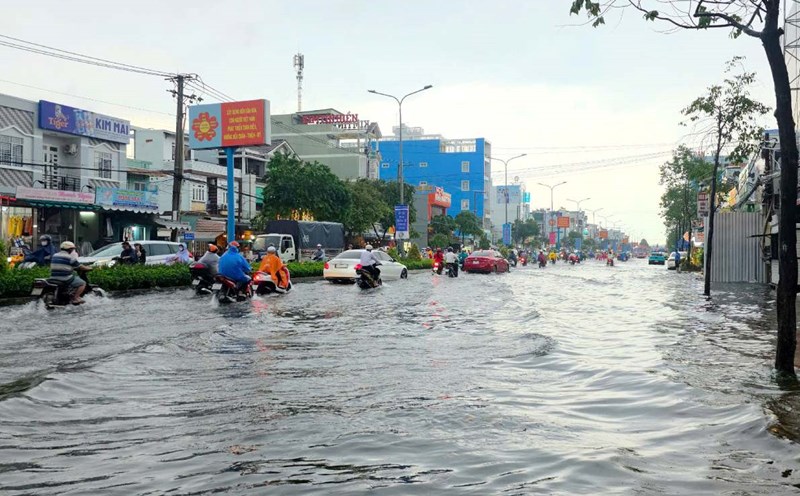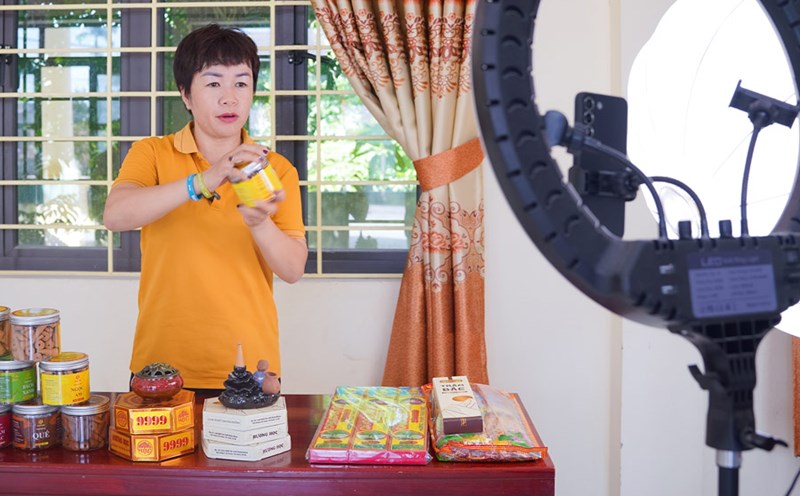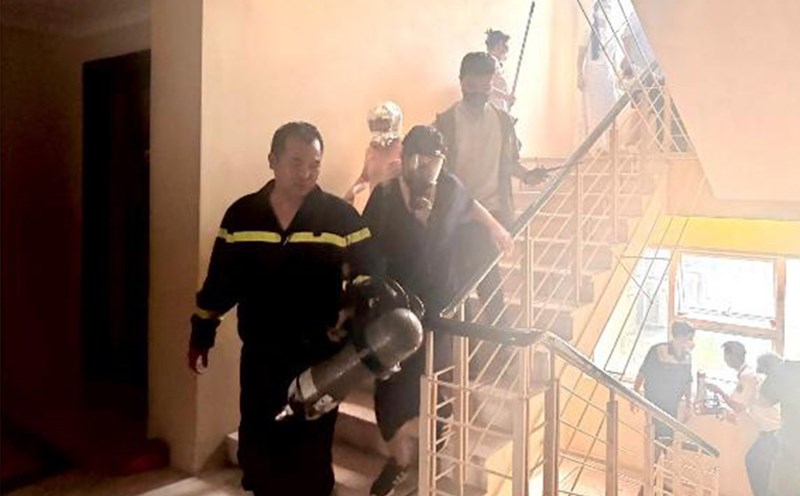On July 25, the Chairman of the People's Committee of Can Tho City had a working session with departments and branches on the situation of traffic organization, handling potential points at risk of traffic insecurity, handling potential points at risk of traffic insecurity and traffic congestion in the city center.
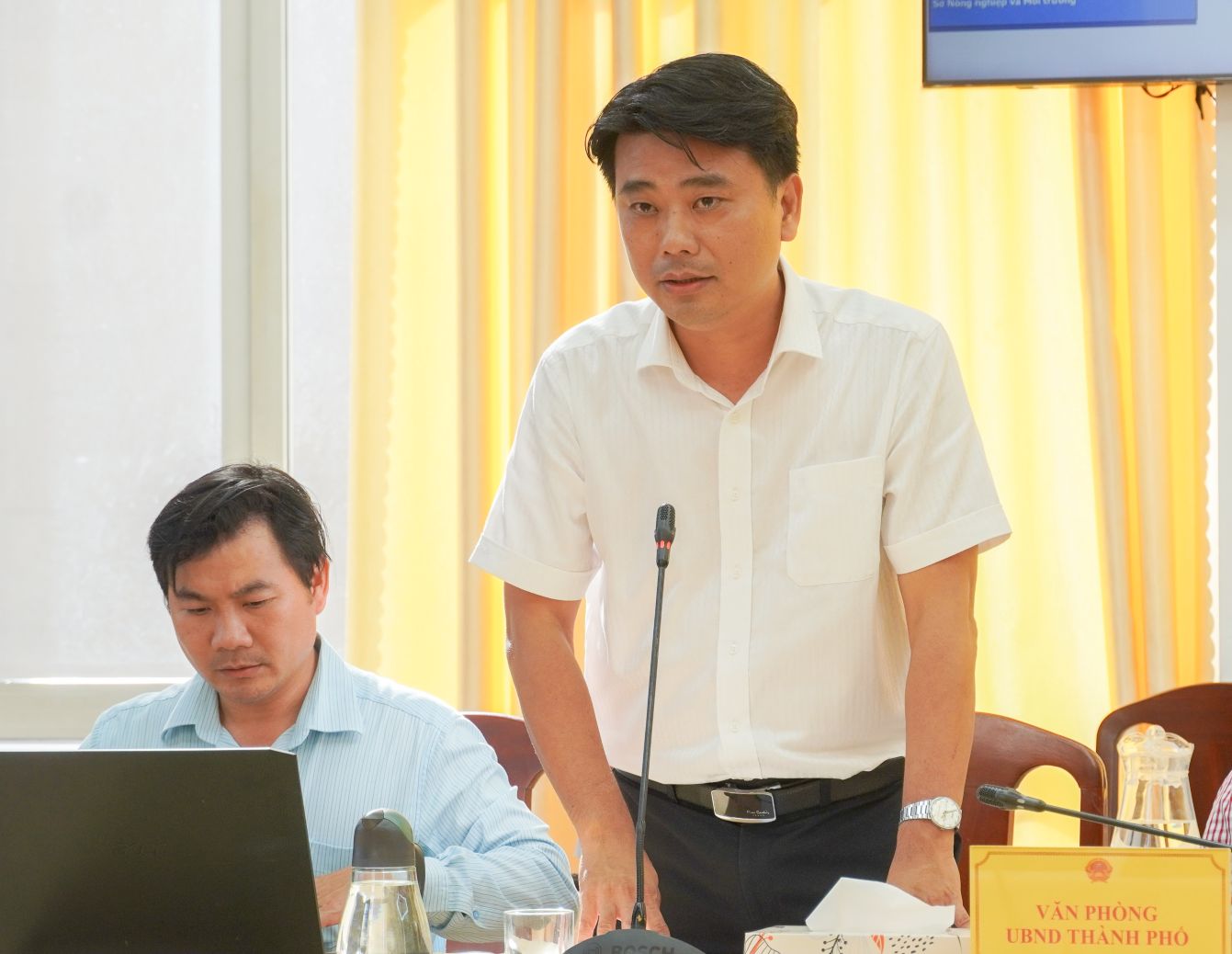
According to the report of the Department of Construction of Can Tho City, the traffic volume is currently mainly concentrated through National Highway 1, National Highway 91B, National Highway 61B and main routes such as Nguyen Trai - Cach Mang Thang Tam, Nguyen Van Linh - National Highway 91B, Nguyen Van Cu, Tran Hoang Na, leading to frequent congestion at the gateways to the center. Traffic is also organized in mixed lanes, without separating traffic flows. There are currently 8 key intersections, with a large concentration of traffic volume during rush hour, often with local congestion.
Regarding the problem of flooding, the Department of Construction said that local flooding still occurs frequently on many central roads such as Tran Hung Dao, Nguyen Van Linh, Mau Than, Nguyen Van Cu, Nguyen Trai, Tran Van Khe, Ly Tu Trong Le Hong Phong recorded a flooding time of 1 to 3 hours, with a flooding depth of 0.10.3m.
The reason is that the drainage infrastructure is not synchronous, many low-lying routes, small culverts or clogged due to waste, and the water intake is blocked during construction. Some drainage renovation projects are still slow, affecting the flow. In particular, the canal system is narrowed due to encroachment, house construction or temporary works, while the dykes and embankments on both sides are closed, causing loss of natural flood escape space.
To reduce flooding, the Department of Construction proposed to synchronously renovate the drainage system, dredge periodically, install manholes, adjust road surface elevation, arrange temporary pumping stations and propagate people not to discharge waste. Flood prevention needs to be integrated into urban planning, ensuring drainage connection between routes. At the same time, review projects to renovate sidewalks and road surfaces to avoid slow drainage.
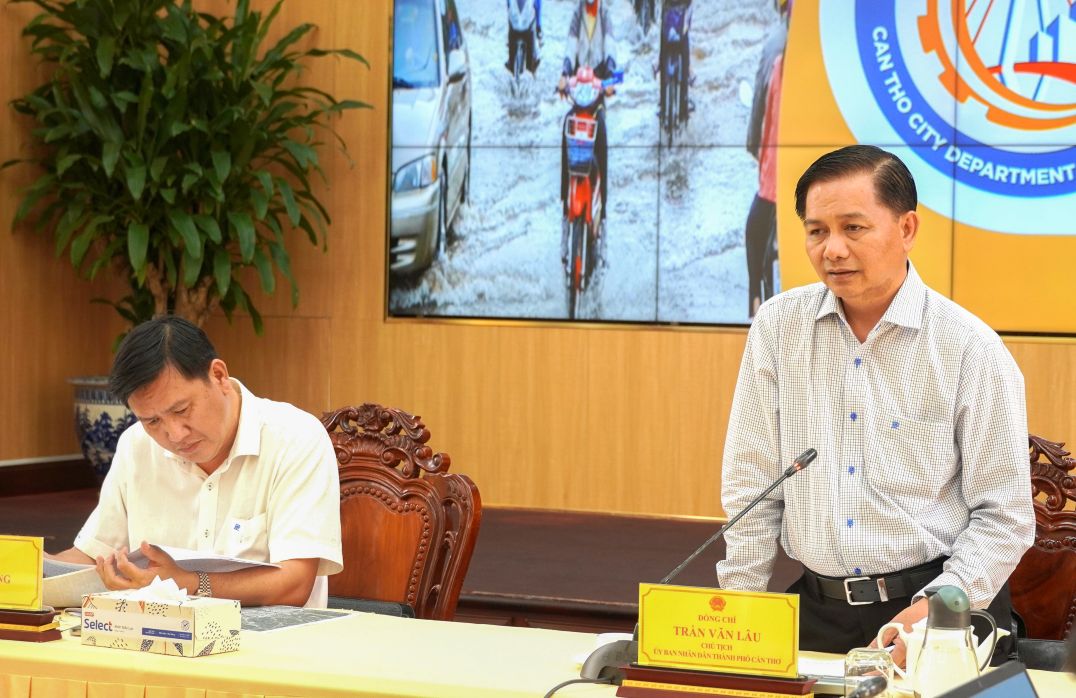
Speaking at the meeting, Chairman of the City People's Committee Tran Van Lau affirmed: "If you catch a disease, you must treat it", requesting departments and branches to synchronously deploy both immediate and long-term solutions, not allowing the prolonged flooding to cause frustration. To date, 38 solutions have been proposed, showing that this is an issue of particular concern to the people.
The Chairman emphasized that localities must propagate and encourage people not to encroach on canals and littering. At the same time, launch a movement to clear the flow, check the operation of tidal culverts, and propose repairs if necessary.
For the projects implemented by the ODA Management Board, Mr. Lau requested the early handover of infrastructure and operating procedures. The construction routes must clear materials, ensure traffic safety, and drainage. If any category is not necessary, review and cut to focus resources. In case of construction not fulfilling the commitment, the locality must monitor and report to the City People's Committee for handling.
The Chairman also requested urban waste to develop a comprehensive long-term drainage system plan for the entire urban area, not just the central area.
Also at the meeting, the Chairman of the People's Committee of Can Tho City requested departments and branches to urgently review, reorganize traffic, and handle potential points at risk of insecurity and congestion in the city center.

